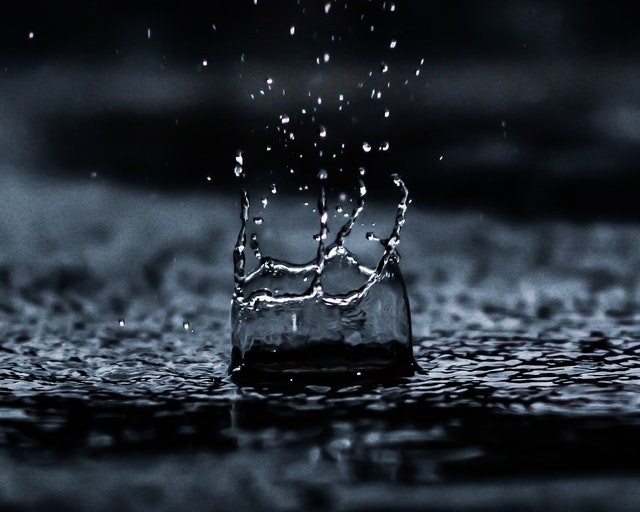Scientists at the University of Texas at Austin recently demonstrated how a low-cost gel film can pull many litters of water each day out of even extremely dry air.
New Atlas reported that water scarcity is a major issue for much of the population of the world, although, with the right equipment, drinking water can be squeezed "out of thin air."
The gel is composed of two main ingredients that are common and cheap. These ingredients are cellulose which comes from the plants' cell walls, and konjac gum, a commonly used food additive.
The said two components are working together to make a gel film that can absorb water from air and then discharge it on demand, minus the need for much energy.

Gel Film
First, the absorbent construction of the gum attracts water to condense out of the air that surrounds it. On the other hand, the cellulose is designed to respond to a gentle heat by becoming hydrophobic, extricating the captured water.
Making the gel is fairly simple, as well, the research team explained. The basic ingredients are mixed together. They are these mixed ingredients are poured into a mold, where they set in two minutes.
After it's set, the mixture becomes freeze-dried. It is then peeled out of the mold, and ready to start functioning. The mixed ingredients can be made into basically any form or shape needed, and scaled up fairly easily, not to mention cheaply.
In various tests it went through, the gel film was able to squeeze an astonishing amount of water out of the air. At a relative 30-percent humidity, the film could yield 13 liters of water each day per kilogram of gel.
In addition, even when the humidity decreased to only 15 percent, which is a low percentage even for desert air, it could still generate more than six liters of water each day for every kilogram.
A Huge Improvement Over Other Water Harvesters
Describing their research published in the Nature Communications journal, the study investigators said the aforementioned amount was a huge improvement over other water harvesters they have covered through the years.
Moreover, the efficiency of the new gel could be enhanced even further, the team explained, by creating thicker films, absorbent beds, or other range formations of the said material.
Most importantly, perhaps, the material is quite inexpensive or cost-oriented to produce, costing as litter as $2 a kilogram.
This is another major factor in terms of scaling up technology, not to mention, getting to remote areas and developing nations where it is needed the most.
Water Harvesting
CSE describes water harvesting in general, as the "activity of direct collection of rainwater." the collected rainwater can then be stored for direct use, or be recharged into the groundwater.
Essentially, rain is the first water form known in the hydrological cycle, hence, it is a primary source of water for humans. Secondary water sources include lakes, rivers, and groundwater.
Currently, humans rely entirely on such secondary sources of water. In the process, it has been forgotten that rain is the primary source that's feeding all the secondary sources.
Furthermore, water harvesting means having a better insight into the value of rain, as well as making optimum use of rainwater at the site where it falls.
Related information about the technology used to pull out drinking water from thin air is shown on Bloomberg Quicktake's YouTube video below:
RELATED ARTICLE : Water Harvester: A New Atmospheric Technology Which Works Around the Clock With No Energy Needed
Check out more news and information on Water and Technology in Science Times.
© 2025 ScienceTimes.com All rights reserved. Do not reproduce without permission. The window to the world of Science Times.












